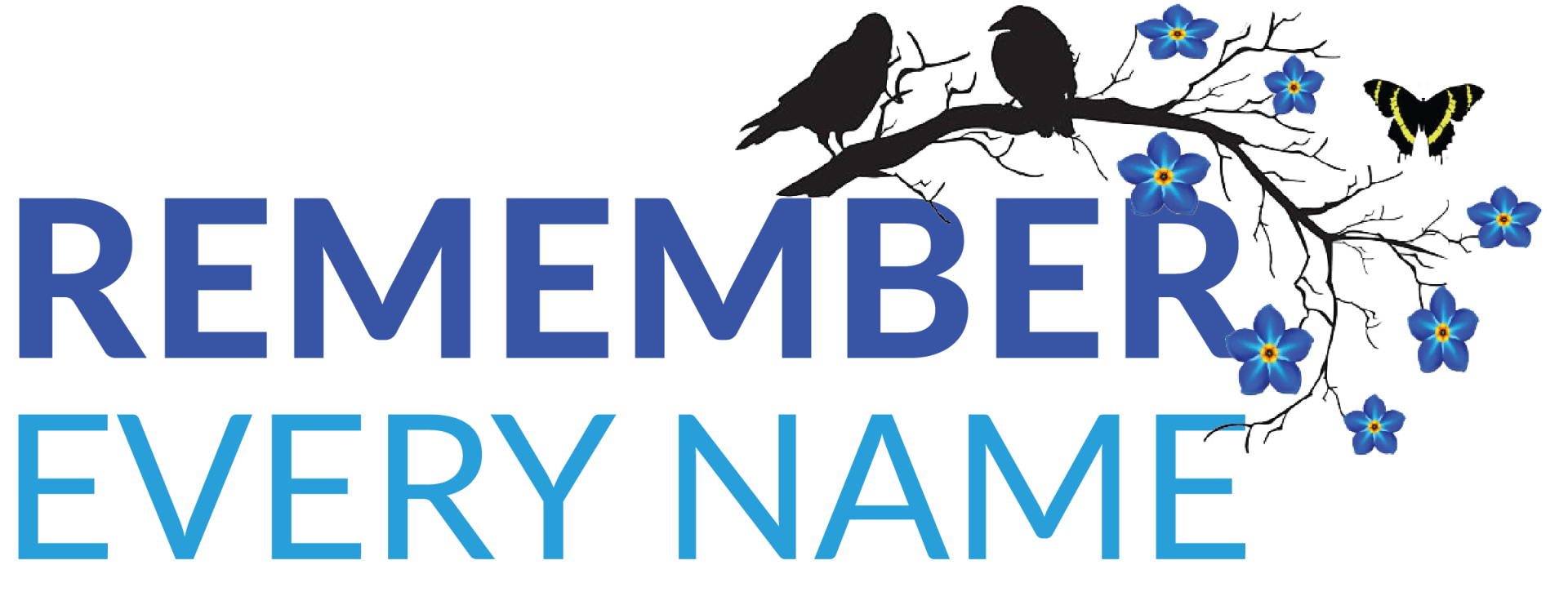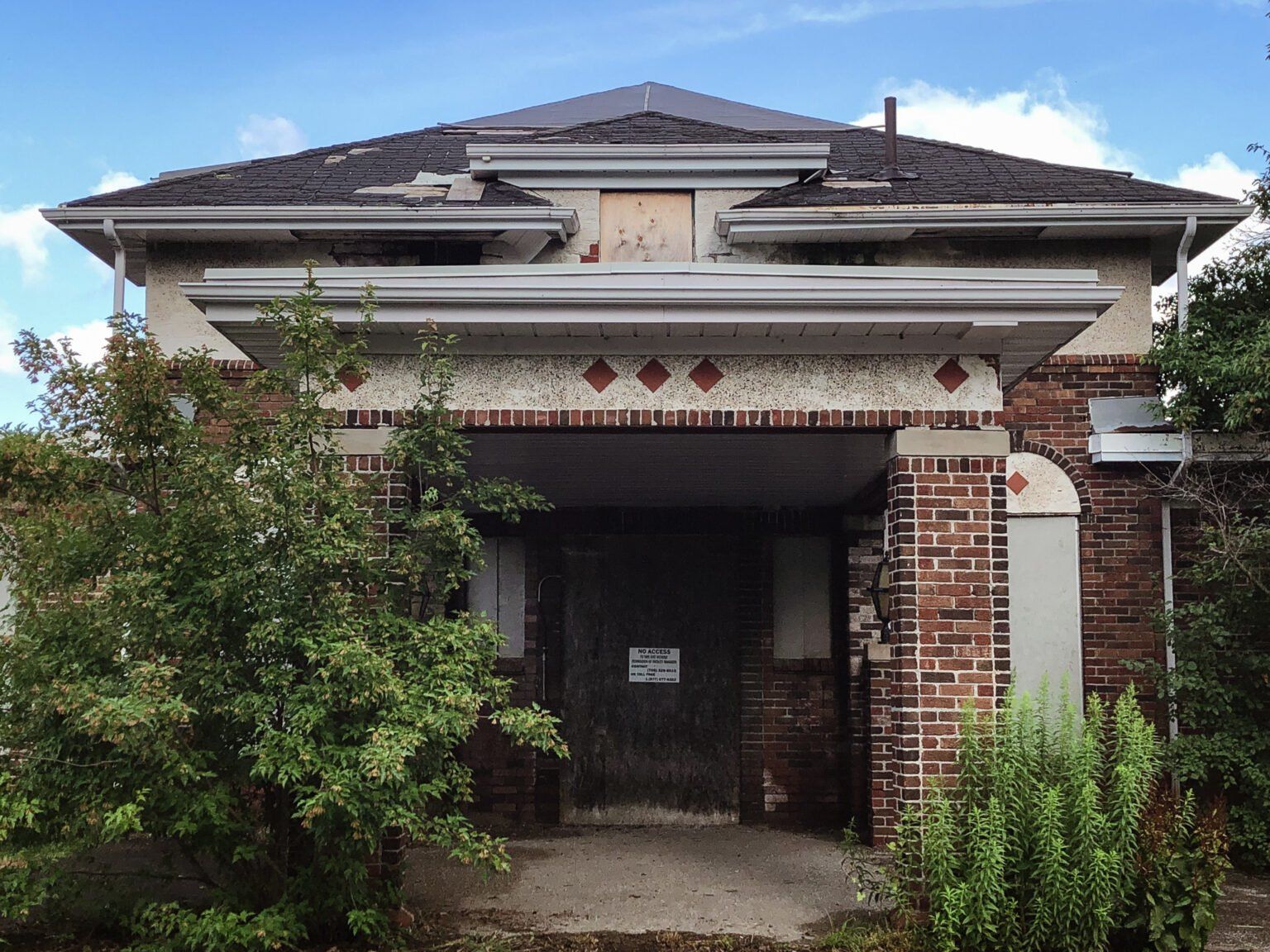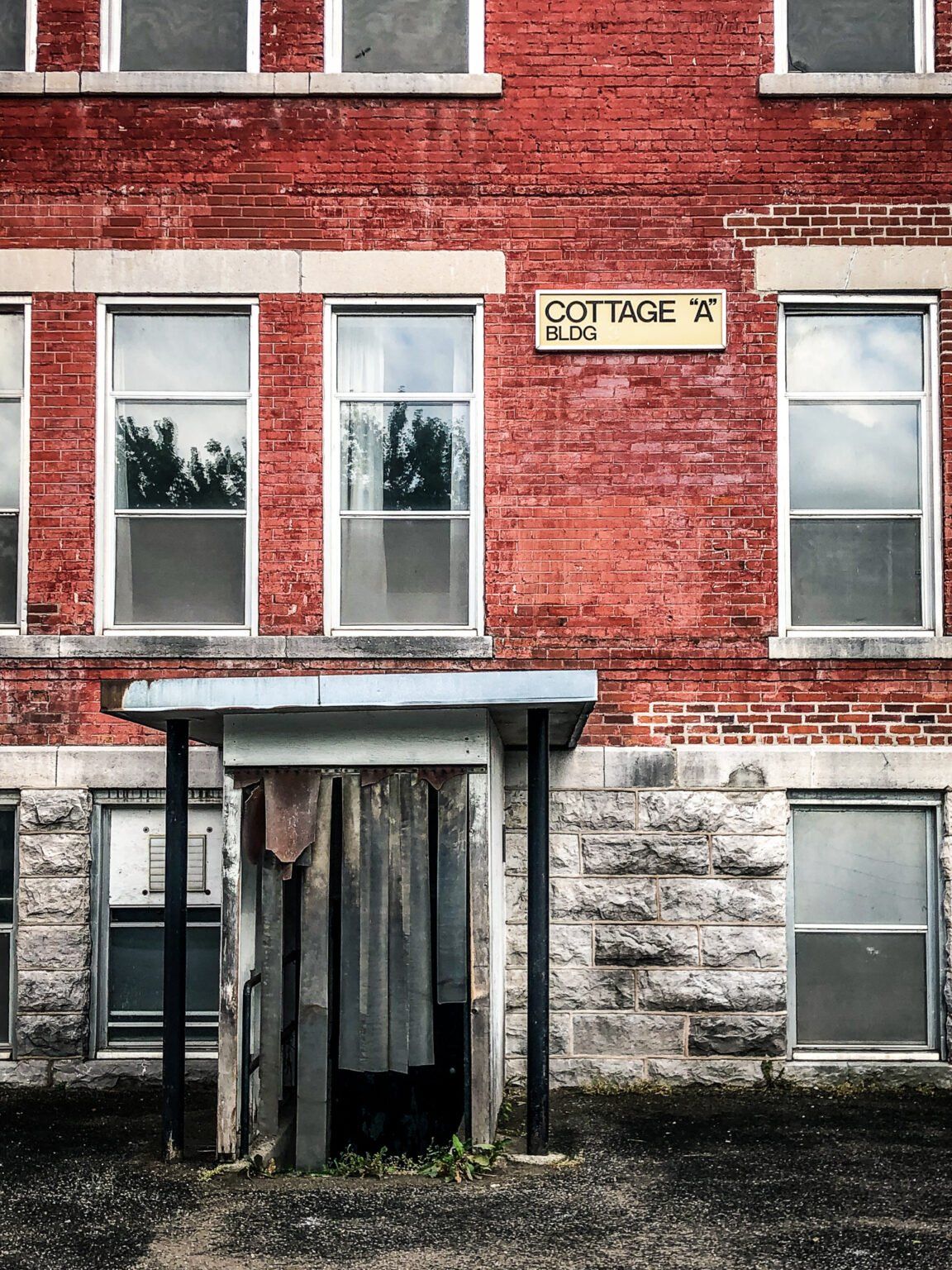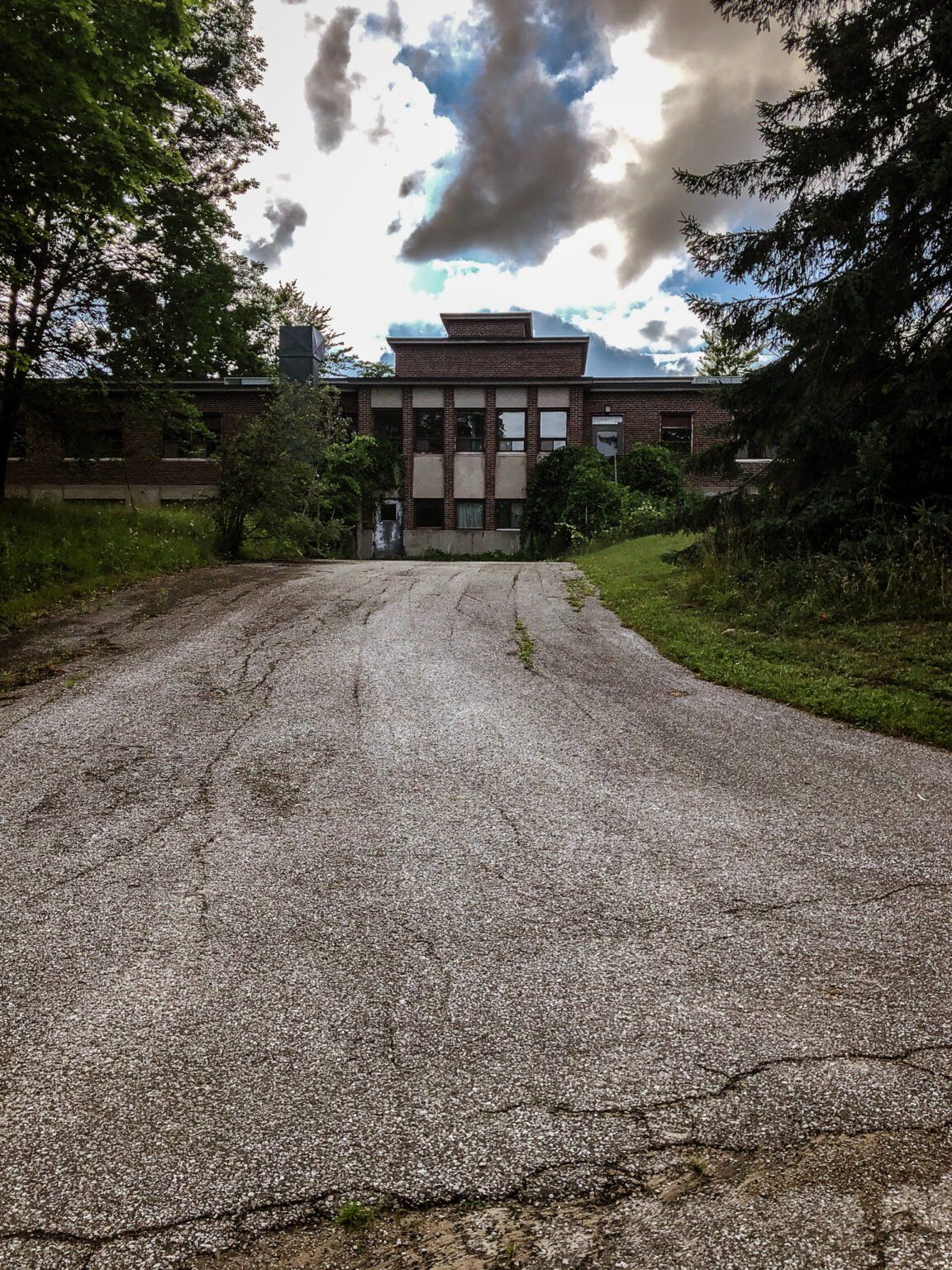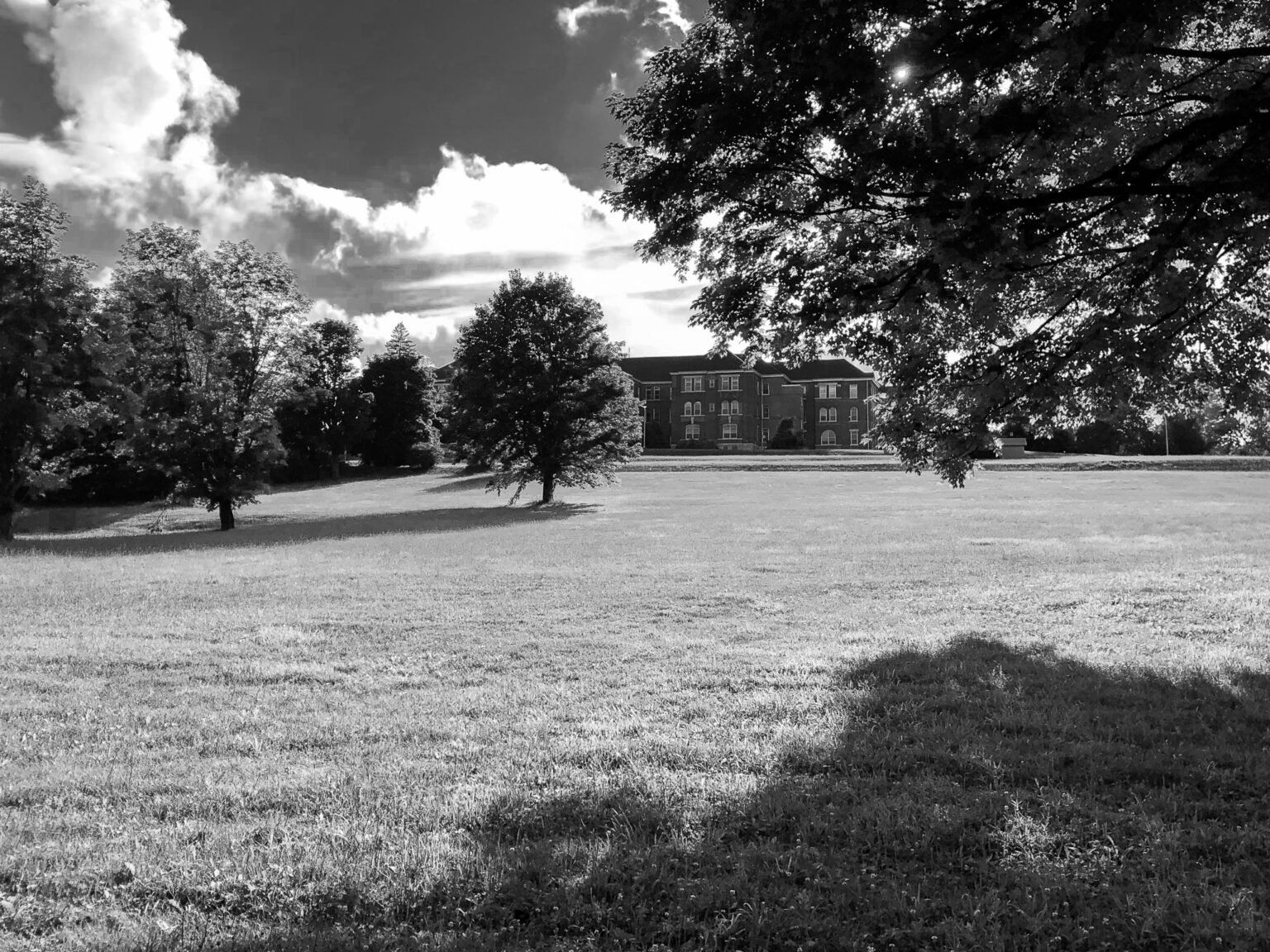Abandoned Huronia Regional Centre
Source https://explorationproject.org
Sometimes when I’m away from home I’ll google “abandoned [insert place name]” and see what comes up. It can lead to interesting results and discoveries. I did this recently while in Orillia, Ontario, and found a place with a deep and, sadly, disturbing history.
I first came upon a cemetery. I didn’t know really what I was seeing but there were plaques with names inscribed upon them. Walking further, I saw a monument made of two black granite pillars. A bronze tree with crows on top grew through the pillars, facing the sky. Inscribed in the granite were phrases such as “Locked Away and Forgotten“, “Tear it Down“, “You Have No Idea“, and “Babies are Buried Here“. What was this?
The Creation of Huronia Regional Centre
The Huronia Regional Centre was established in 1887 as the ‘Orillia Asylum for Idiots‘. In that day, the language used to describe people with developmental disabilities would now be considered highly offensive and the institution changed its name several times, eventually becoming the Huronia Regional Centre.
Prior to the twentieth century, people with developmental disabilities either resided with their family or were put in jail. In this era, jails not only housed those who had committed a crime but also people who were poor, homeless, mentally ill, or disabled. However, in 1839, legislation was passed in Ontario that made the government responsible for the care of people with developmental disabilities. Huronia Regional Centre was built.
Why would a family send their offspring or relative to reside in an institution? Of course every family had their reasons, but in this era, eugenics was a popular movement where people with developmental disabilities were seen as inferior and needing to be removed from society. Less inhuman, were decisions based on the inability of family members to provide proper care. The industrial revolution had arrived and people began to move into cities, losing the support of their extended families. Jobs required long working hours and there were no community supports. Families were often advised by doctors to place their loved ones into institutions where it was said they would be provided with the care and support they required. (Source: Ministry of Children, Community and Social Services)
This did not happen.
Life at Huronia
The site of the Huronia Regional Centre is large—151 acres. In the 1800’s the area was self-contained and included a water tower, boiler house, kitchen and small gas plant to light the buildings. It was also a working farm. Males and females had separate residences and slept in wards with up to 50 beds side by side. Washrooms were communal. Later, residents moved to smaller dormitory type settings with 4 to a bedroom and 12 to a dorm. Each dorm had its own dining room, washroom and common area. At Huronia, there were multiple residential buildings on site, including smaller buildings called “cottages”.
Females worked at Huronia in the areas of sewing, cooking, laundry, rug making and book binding. Males did farm work including poultry and dairy farming, made maple syrup and worked in the shoe repair shop. All labour was unpaid until the 1970’s. After the Developmental Services Act was passed in 1974, skills based programming, including life skills, recreation (including Special Olympics), vocational training, and education was also provided. (Source: Ministry of Children, Community and Social Services)
However, behind the walls of Huronia, residents were being mistreated and even staff with good intentions did not have the proper resources to provide adequate support and care. In the 1960’s a Toronto Star report written by Pierre Berton, warned readers about the conditions at Huronia. He had visited with a friend who had a child in the institution. He wrote of severe overcrowding, stating that spaces that would be full with 1000 people housed over double that number, including a large number of children under the age of 6. He described the buildings as being dilapidated—holes in the walls, paint peeling, and absorbent wooden floors that retained a stench. He worried about death by fire and ended his article with these words:
“Remember this: After Hitler fell, and the horrors of the slave camps were exposed, many Germans excused themselves because they said they did not know what went on behind those walls; no one had told them. Well, you have been told about Orillia. It is, of course, no Belsen. In many respects it is an up-to-date institution with a dedicated staff fighting an uphill battle against despairing conditions. But should fire break out in one of those ancient buildings and dozens of small bodies be found next morning in the ashes, do not say that you did not know what it was like behind those plaster walls, or underneath those peeling wooden ceilings.”
- Pierre Berton, Toronto Star, January 6, 1960
As residents gradually moved into the community, Huronia’s numbers decreased. By 2004 there were only 350 individuals residing there, with an average age of 49. The Huronia Regional Centre closed in 2009.
Lawsuit and Settlement
In 2001, Siskinds Law Firm began to research class-action litigation against the Huronia Regional Centre/Ontario government. Former residents were interviewed. Their experiences were horrendous and, as one may imagine, included multiple forms of abuse. In December, 2013, a settlement was reached and the Ontario government issued an apology. In it, they acknowledged that residents had been forcibly restrained, secluded, overcrowded, physically and emotionally abused, and exploited for labour. Resident, Harold Johnston, also reported sexual abuse and murder. The government apology included this statement:
“Their humanity was undermined, they were separated from their families and robbed of their potential, their comfort, safety and their dignity.”
- Premier Kathleen Wynne, December 9, 2013.
Former Huronia Regional Centre residents were individually compensated, with a total of 35 million dollars issued. The settlement also included all court documents, including serious occurrence reports, policies, and operational minutes, being transferred to the Archives of Ontario.
The Cemetery
The day I visited the Huronia Regional Centre, it was long abandoned. Some buildings still had activity in them, including an OPP detachment, while others had been left to the elements. The grounds were beautiful, with old trees and large lawns that we took our time strolling through. In 2017, a public consultation was undertaken to determine what to do with the property. Former residents are advocating for the buildings to be demolished and, in general, consensus is that the property should remain publicly owned, natural heritage features should be protected, and there should be a recognition of the site’s history.
Across the street from the buildings, is the Huronia Regional Centre cemetery. This is what I first stumbled upon when visiting the site. The cemetery was used to bury residents from 1899 to 1971. Prior to 1958, markers marked only the resident’s registration number. As a part of the lawsuit settlement, all individuals have now been memorialized on plaques and in an online registry by their name and date of death. A total of 1379 people are buried in this cemetery.
The monument that had attracted my attention was the outcome of advocacy from a group called “Remember Every Name.” They wanted a monument to document what happened at the Huronia Regional Centre. The 2, 12 feet tall pillars of the monument represent the institution’s walls where residents/victims were locked away from society. The tree and the crows represent survivors flying to freedom while the forget-me-not flowers and butterflies etched in the granite symbolize remembrance and growth.
From a simple google search, I was led to a property with a dark history. But because of the monument at the cemetery, I was also led to a place not only of remembering but of hope. Hope for justice and for moving forward in a different way. The monument was also a reminder of the resiliency of the human spirit, with some of the messages reflecting this: "We will be Heard", "Freedom", "Out of the Shadows".
